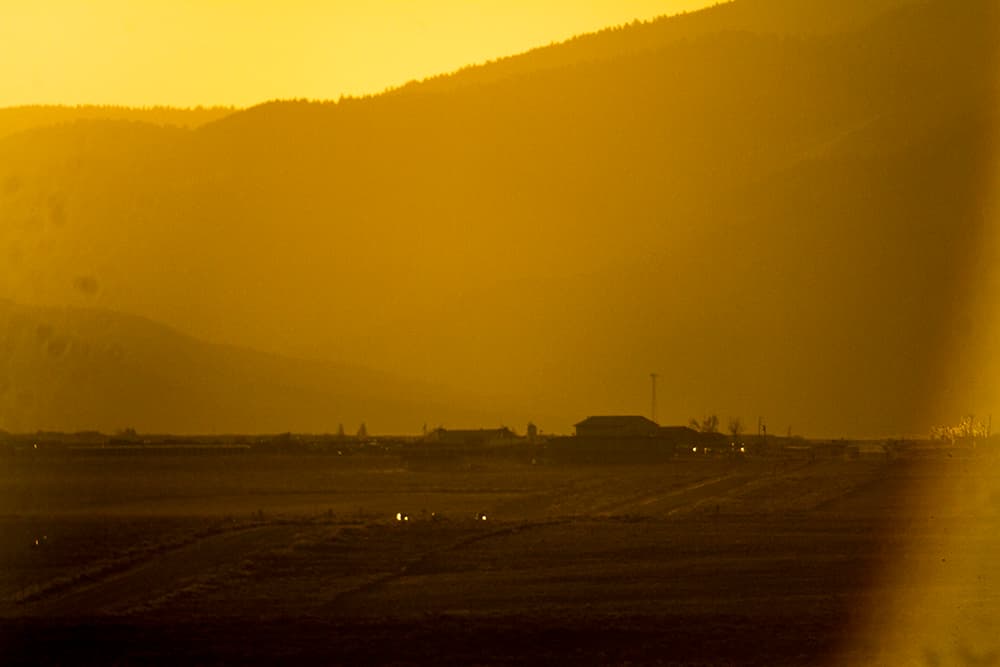
There's something of a pilgrimage in the American West that takes place on Easter weekend to Chimayo, a sacred site in northern New Mexico. As tradition goes, people from all over the West, including the Denver area, will gather for the holy day. Many will walk a number of miles to reach the spot.
Whether or not you and your family are planning to make the trek, it's an awesome time of year to explore the rich cultural heritage of northern New Mexico. Here's my top 5 to help inform your trip.
Rio Grande Del Norte National Monument
The closest destination on this list, the national monument is a little more than four and a half hours from Denver. Pin "B" above will take you to a trailhead at the top of a canyon overlooking the confluence of the Rio Grand and the Red River. The site was made a national monument by President Obama in 2013.
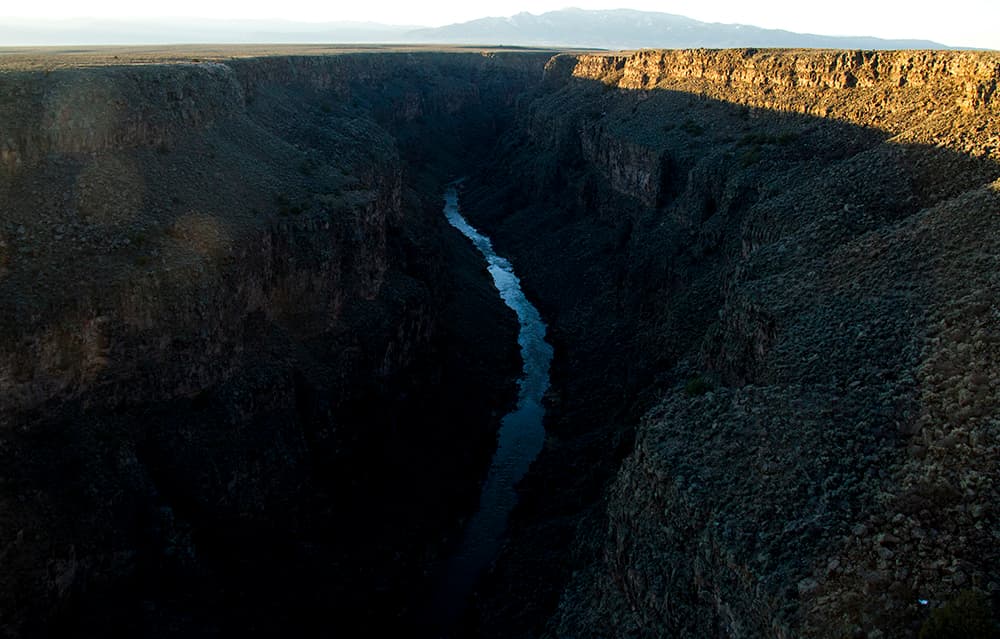
In the West, water is life, and it's this snaking body that enabled indigenous tribes to thrive here in the high desert. The riparian ecosystem has supported plants, wildlife and humans for millennia.
It makes for a hell of a view, too. If you're a regular hiker, it will take you about 30 minutes to make the descent to the spot where the rivers meet. If you're not, you only need to step up to the edge for a thrilling experience.
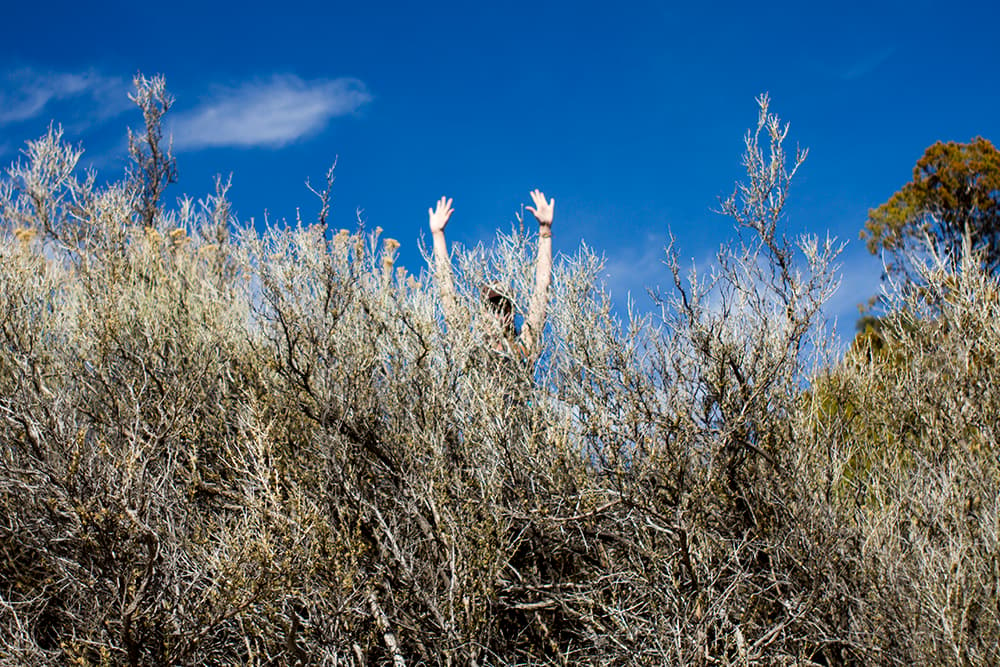
This is one of those rare jaunts where the second leg is the hard part (getting back up), but it's well worth it. The air at the bottom of the canyon is warmer and calmer than up top and ideal for a nap to recharge your circuits. Bonus points if you bring a hammock. If you're a camper, bring a tent. Provided it's not full, you'll only have to drop $7 to stay here for the night, and there are spots both on top as well as inside the canyon. Otherwise, Taos is nearby and worth a trip in itself. You can also get a great view of the river from the nearby Rio Grande Gorge Bridge, "C" on the map.
El Santuario de Chimayo
Even when it's not a holy weekend, the multitude of adobe sanctuaries at Chimayo ("D" on the map) are likely to be filled with pilgrims. Legend has it that a friar, probably in the 16th Century, was led by a miraculous unnatural light to discover a buried crucifix at this spot. The area is said to be a healing place, and indeed the halls of the churches here today are filled with photographs of people who have received help from the divine and the crutches they've left behind.

Catholicism is nearly inseparable from this part of the country. Long before the English arrived at Plymouth, Spaniards had already made their way up into the American West from Mexico. By 1600 they had begun to colonize the Río Grande Del Norte, planting Franciscan churches along the way.
The site is worth a visit whether or not you're a believer. There are few places still used in the U.S. that are so old yet still so well maintained.
Bandelier National Monument
Much older than Chimayo are the cliff dwellings at Bandelier, which contains signs of human presence going back 11,000 years.
The site is similar to Mesa Verde, Colorado, except you can actually go inside a few of the holes on the side of the cliff. Visitors get an incredibly intimate experience with the charred ceilings that were marked by long-extinguished flames.

The Ancestral Pueblo people lived in this spot between 1150 and 1550. Here they grew corn, beans and squash, signs of a less nomadic lifestyle than their ancestors. In addition to their homes, the Ancestral Pueblo left pictograms behind. Carved into the rock, faces and suns and turkeys are easily identifiable. Besides cliffside residences, there are also foundational remains on the ground below.
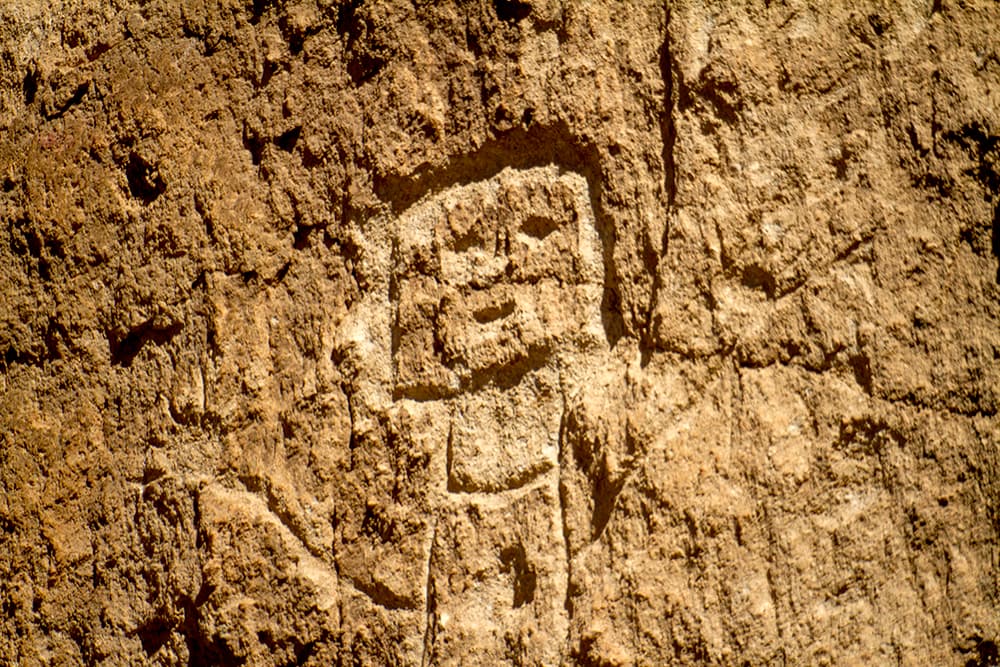
The dwellings are easily accessible on a 1.2-mile loop, so adventurers of any aptitude can access the history. There are also a handful of longer hikes for those of you who want a real excursion.
The Palace of the Governors
Constructed in the 1600s, the Palace of the Governors in Santa Fe's main plaza was constructed to house Spain's municipal seat over the American Southwest. Today it's a museum of history and culture that's connected with another modern building. If you're interested in the history of some of the other spots on this list, the Palace of the Governors is the place to get the full back story, complete with artifacts to back up each step of the tale.

At the heart of Santa Fe, it's a good place to start as you make your way around town. It's also a great spot to pick up a souvenir. The front of the Palace is daily lined with certified Native American artisans selling handmade jewelry. It's always great to meet the artist if you're interested in that kind of stuff. It's even better to know the person who made your new trinket is getting every cent of your dollar, plus you don't have to suffer a retail establishment's markup.
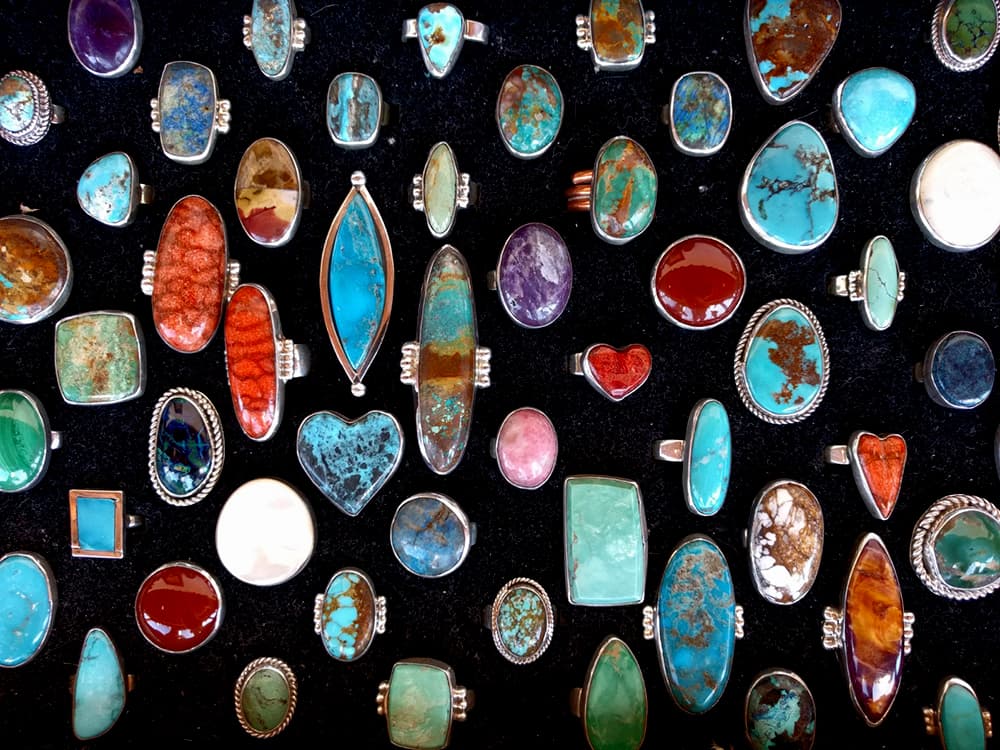
Museum of International Folk Art
The last place on this list doesn't limit itself to Southwestern peoples. While the Museum of International Folk Art does contain work by locals, it's a view into a much larger world of the items and images that translate the myths and ethos of human groups from across the world. Think of this last stop as the macro view to each microcosmic look along the way.
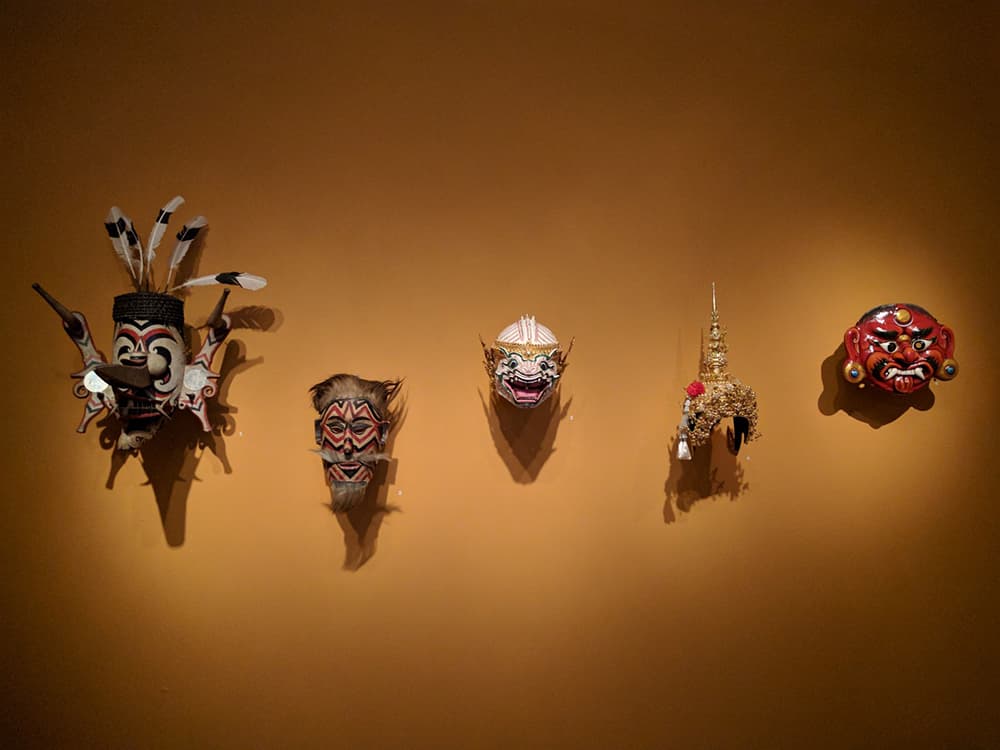
The collection does not disappoint. Each ornament and handmade statuette alludes to a legend, a dream or a story passed down through generations. Like many of the items seen along the way, the items here present timeless portraits of cultures through their crafts.
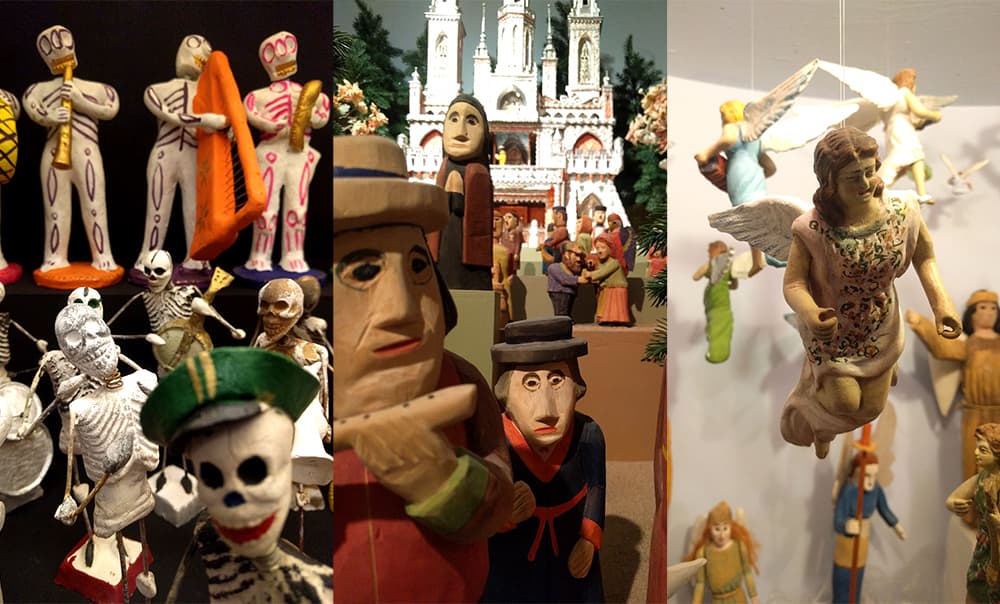
At the core of each exhibit -- and really each stop along this map -- is simple humanity. Though different groups express it in their own way, there's a certain continuity that demonstrates how mankind shares a common urge to represent itself across geography and through time.










